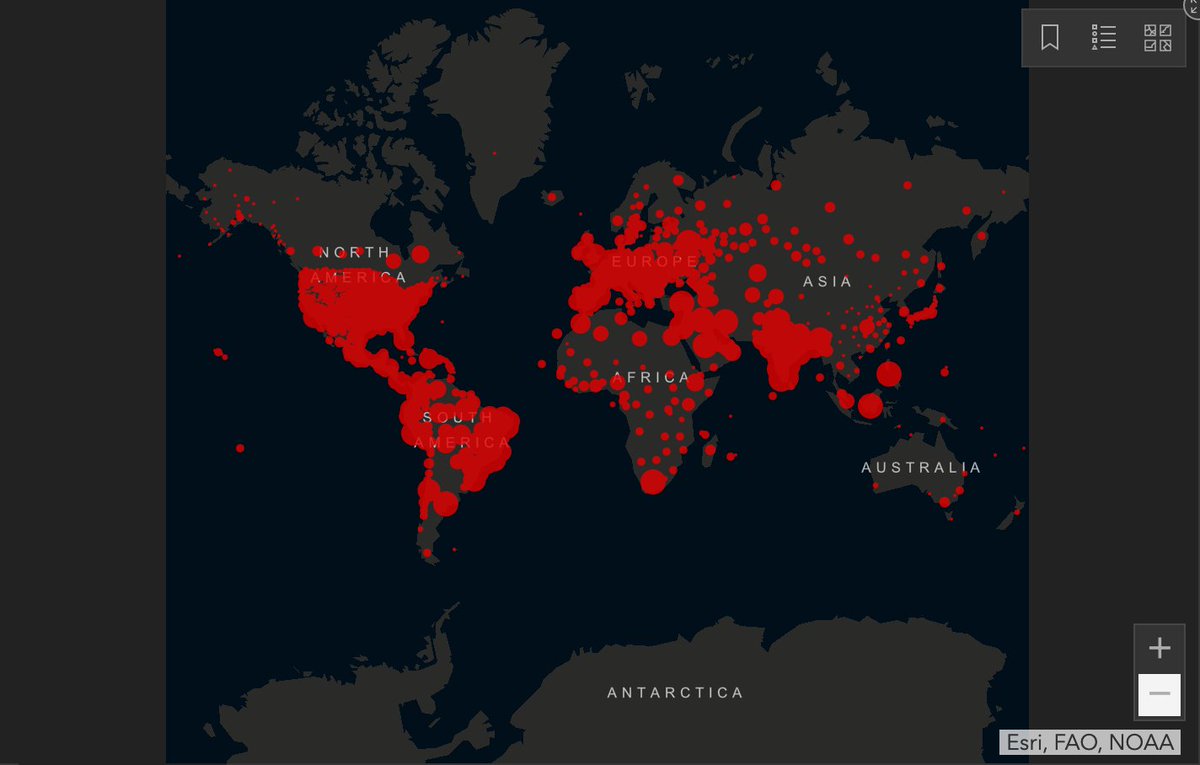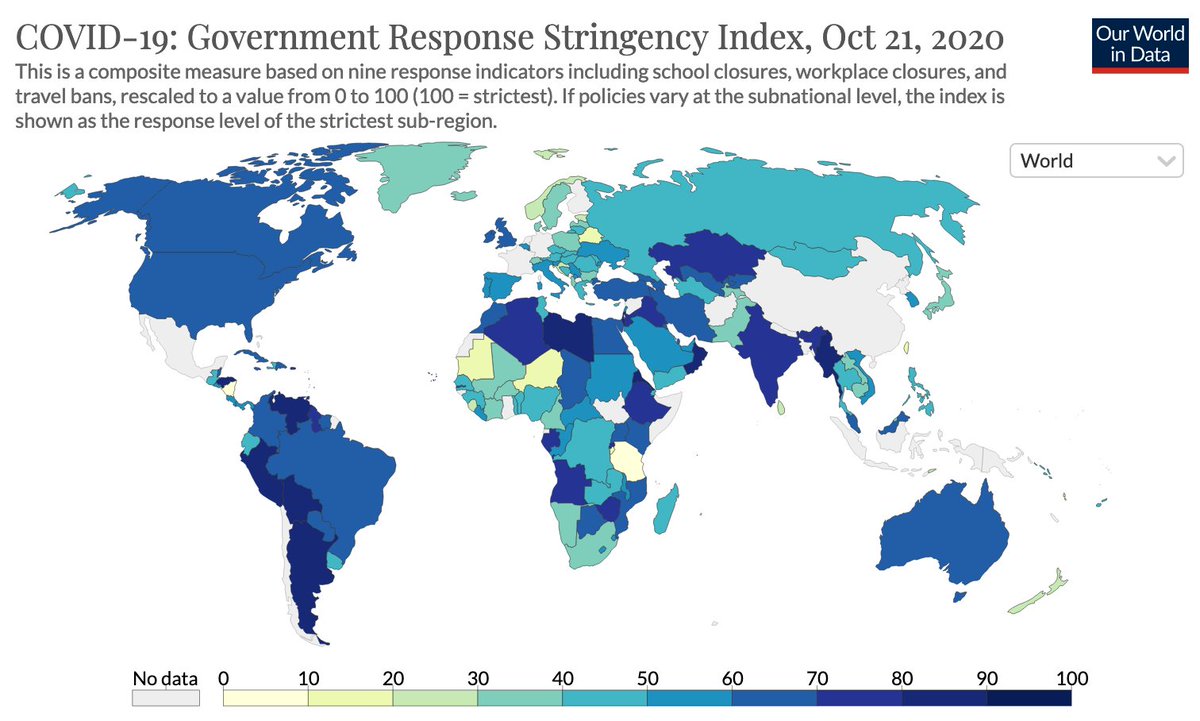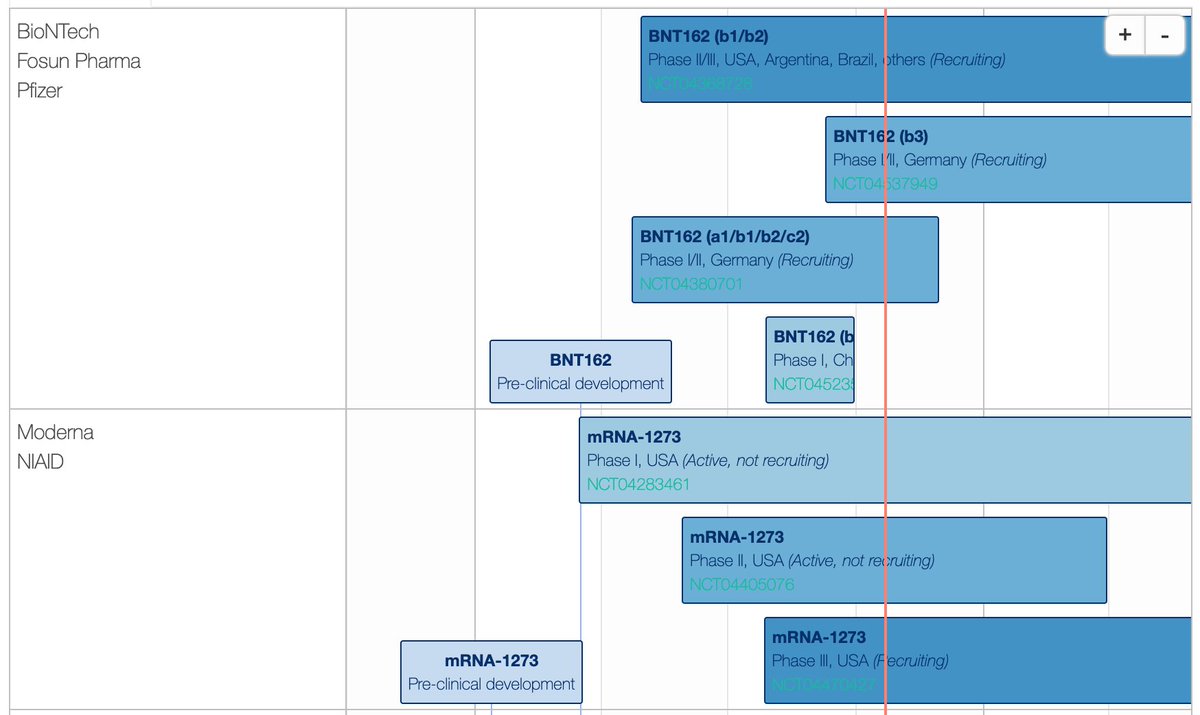
I’m seeing people share these kinds of plots on excess deaths to try and claim there isn’t COVID problem currently. But look at data for week 29 Mar 2020 - if this lagging metric had been used to drive action, nothing would've been done until *early April* (i.e. far too late) 1/ 

As anyone who’s worked on epidemics will tell you, there are imperfect data streams early on, and more conclusive data later. But as above shows, sitting around waiting for all the data is not an option in a fast moving outbreak. 2/2
(Source of above plot: cebm.net/covid-19/covid…)
Data up to 16th October now available, showing overall deaths have risen above range from previous 5 years, reflecting recent increase in deaths involving COVID-19:
https://twitter.com/ONS/status/1321021476691189760?s=20
• • •
Missing some Tweet in this thread? You can try to
force a refresh








